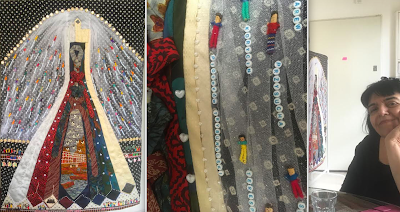
Instytut Polski w Tel Awiwie dysponuje bogatym zbiorem książek w języku polskim w wydaniach oryginalnych i tłumaczeniach. Oprócz bogatej kolekcji literatury pięknej jest tam również dział historyczny poświęcony zarówno historii Polski, jak i historii Żydów polskich. Obszerny zbiór hebrajskich przekładów literatury polskiej zaspokaja potrzeby Izraelczyków.
Biblioteka jest otwarta dwa dni w tygodniu.
Podczas poniedziałkowej wizyty przegladajac pudła z ksiażkami które przynosza dzieci i wnuki Żydów polskich które już nie znaja polskiego znalazlem kilka ksiażek z naklejkami.
W rozmowie z p. Agatą Krizevski, bibliotekarką, dowiedziałem sie że to ona zrobiła i wkleiła te nalepki i że Instytut posiada już te pozycje. Wzruszony zabrałem do Szwecji trzy takie książki.

















